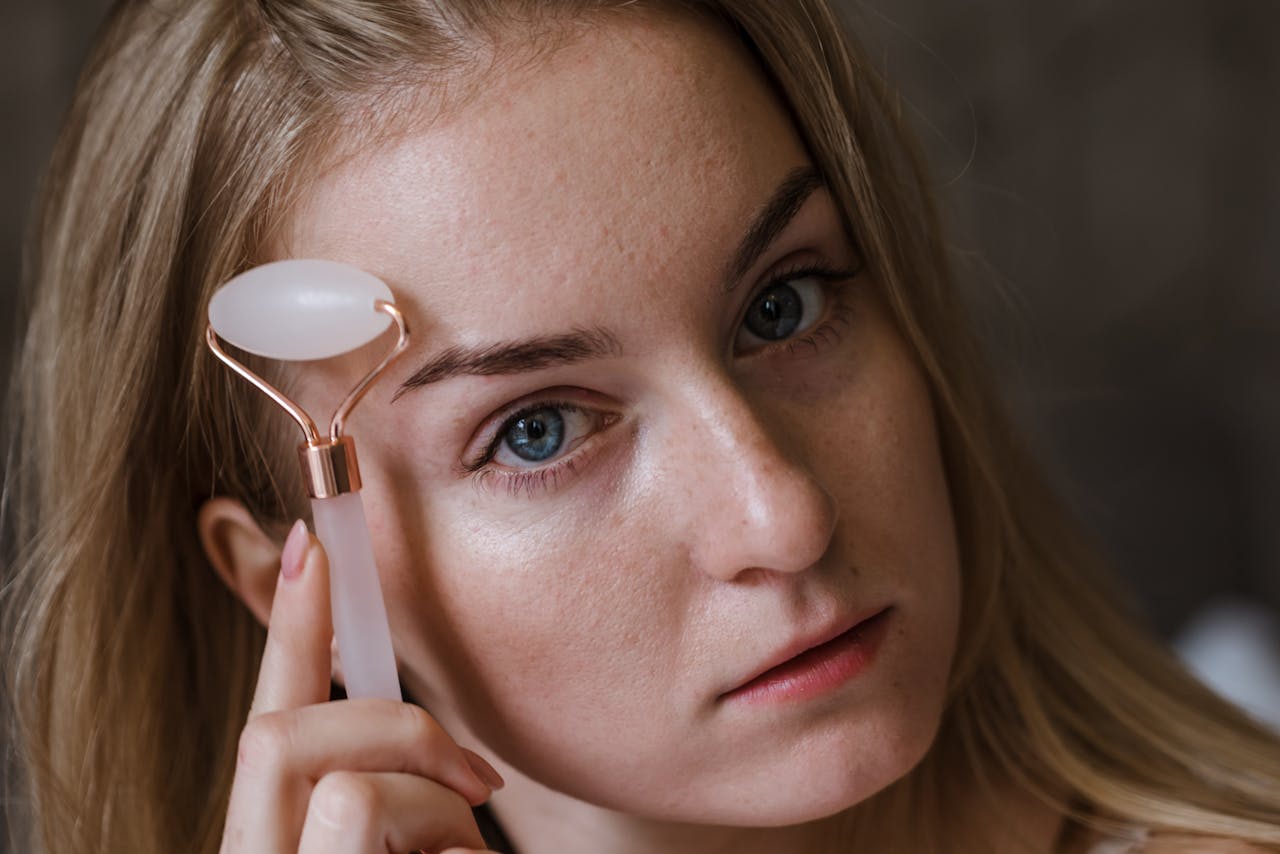
Our facial expressions are made with the muscles around the eyes and around the mouth.
For decades, cosmetic surgery ignored the importance of the forehead and brow on facial expression.
Caricaturists and cartoonists have always understood the link between the emotions and their
expressions. In the best of animation, emotion is conveyed by a few simple lines.
Much of this is conveyed by the position and shape of the brows, and by lines that are formed by contraction of the muscles around the eyes. Fear, anger, sadness and fatigue are all read from subtle but significant differences in these expressions.
Much of the astonishing success of Botox® relates to this; it has become the treatment of choice for many patients who see expressions they don’t like becoming etched on their faces.
Sagging of the brows may also contribute to the apparent excess of skin of the upper eyelids. Removal of upper lid skin when the problem is brow sag will make matters worse and may cause a patient to look angry
The Anatomy of How Browlifts And Forehead Lifts Work:
The forehead is the hairless frontal skin between the hairline and the brows, and between the temples.
The brow includes the eyebrows, but is also the heavier and thicker area beginning above the eyelids and arching over the bony ridge surrounding the upper eye.
The eyebrows are a vital part of how we express ourselves (which is why people who “have had too much Botox®” look so weird).
When the brow sags, or descends, it does so in several different ways.
- From the temples down and in, giving a sad appearance
- Sharply down in the inner portion giving an angry appearance (often with a sharp vertical crease above the nose)
- Sag along the entire length, making a fatigued appearance
- In other, less common combinations
Treatment of brow sag may involve treatment of either the forehead or temple or both.
Skin
The skin of the forehead is often sun damaged with spots and wrinkles. The skin can be very thin or surprisingly thick and tough. This plays a major role in how we treat brow sag – patients with thick and heavy brows don’t respond well to minimal incision procedures.
Horizontal and vertical lines are mostly related to excess activity of muscles of expression over years.
Fat
The forehead and brow vary quite a bit in how much fat is under the skin. There is a thicker pad
of fat at the level of the brow and extending a short way upwards. How thick this is plays a big role.
Muscles
Under the surface, there are two groups of muscles. Deep vertical frown lines are caused by a group of muscles fanning out from the root of the nose, and long rows of horizontal lines are related to the muscles that raise the brow The “elevators” raise the brow and the “depressors” pull the brow down.
The elevators are the wide, thin frontalis muscles. They attach to the brow and connect through the forehead and scalp to similar muscles at the back of the skull. The depressors are more complex. This is the array of muscles above and at the top of the of the nose. The forehead is also pulled down by the orbicularis muscles which go around and close the eyes when they contract.
The two groups act in opposite ways to each other much like the biceps vs. the triceps.
Reducing or weakening one group makes the other relatively stronger, which is why the brow may move up a little when Botox® is used to paralyze the depressor group. Surgery to weaken or remove some of the depressor group also makes the brow rise.
Incisions For Browlifts And Forehead Lifts:
Forehead and browlifts have been done in many ways.
- Direct removal of skin just above the eyebrows
- Removal of a crescent of skin in each temple hairline region
- Central forehead lift with incision in a deep forehead crease
- Traditional “open” lifts with incisions from ear to ear
- Across the top of the head (“coronal”)
- Along the frontal hairline
- Endoscopic (minimal incision) “endobrowlift”
- A “semi-open” brow lift
- Crescent Incisions at the hairline, and use of the endoscope
Because the forehead is such a prominent part of the face, visibility of the incision is often the most important consideration.
I rarely do open brow lifts any more. Even though the scar is placed where we think it may be best concealed, the length alone makes it intimidating for patients. Healing with even a little bit of scar widening or hair loss can make it conspicuous. And there is also significant sensation change behind the incision which may be permanent.
Direct skin removal above the eyebrows and central skin removal in a brow crease line are also more or less historical procedures only. The scars are just too obvious.
Since the endoscopic procedure was developed in the early 90’s, I have only done open forehead lifts for patients with extremely loose forehead skin. Again , the incision running from ear to ear either across the top of the head or along the frontal hairline just isn’t acceptable anymore.
The open approach and the endo brow lift both allow the surgeon to see the muscles and to remove, divide, or cauterize the muscles to make them less active. I do not believe the frown muscles should ever be made completely inactive. An expressionless brow is not attractive. It looks strangely “empty”. Striving for this is fruitless and wrongheaded.
Direct removal of skin either in the mid-forehead crease or along the upper edge of the brows may also leave a conspicuous scar, and these techniques are rarely used as well. Skin is removed and the incisions are closed with stitches, without treatment of the muscles. This limits the effectiveness of the operation but also makes it a lot simpler to do.
Instead, the most common technique is endoscopic, through a series of small incisions behind the edge of the hairline. The endoscope and surgical instruments are manipulated through these incisions to separate layers, remove or divide muscle, and lift the scalp and forehead gently, leaving minimal scars and subtle, natural changes.
Many plastic surgeons have little or no familiarity with endoscopic techniques. Experienced endoscopic surgeons are confident the operation is a valuable one. But it isn’t for every surgeon, and it isn’t right for every patient. Surgical judgement is involved. You will need to discuss what techniques are being suggested and how their pros and cons relate to you before making a plan with your surgeon.
If you have any questions about browlift or forehead lift procedures, the friendly staff at our Vancouver clinic is available to assist you.
You are welcome to call us at (604) 874-2078 or you can book a consultation to speak directly with Dr. Gelfant.

Dr. Gelfant’s Living Beautifully Blog
Join our mailing list and receive updates when a new blog is posted by Dr. Benjamin Gelfant.